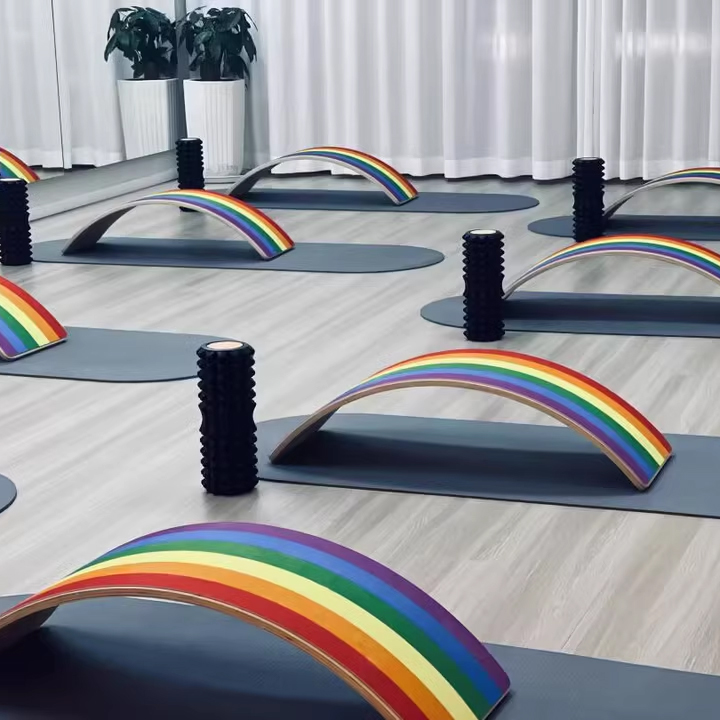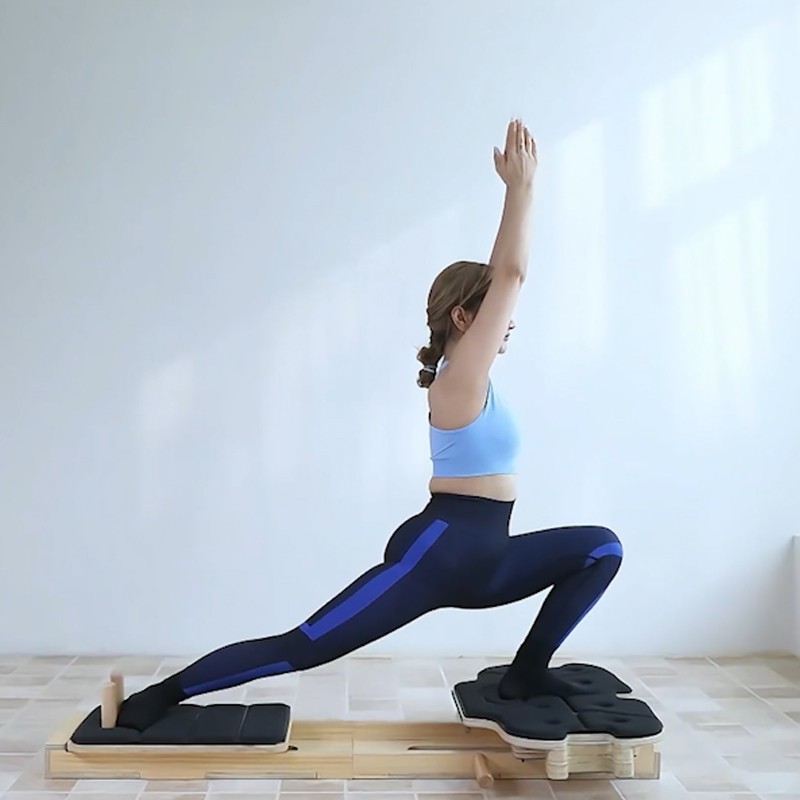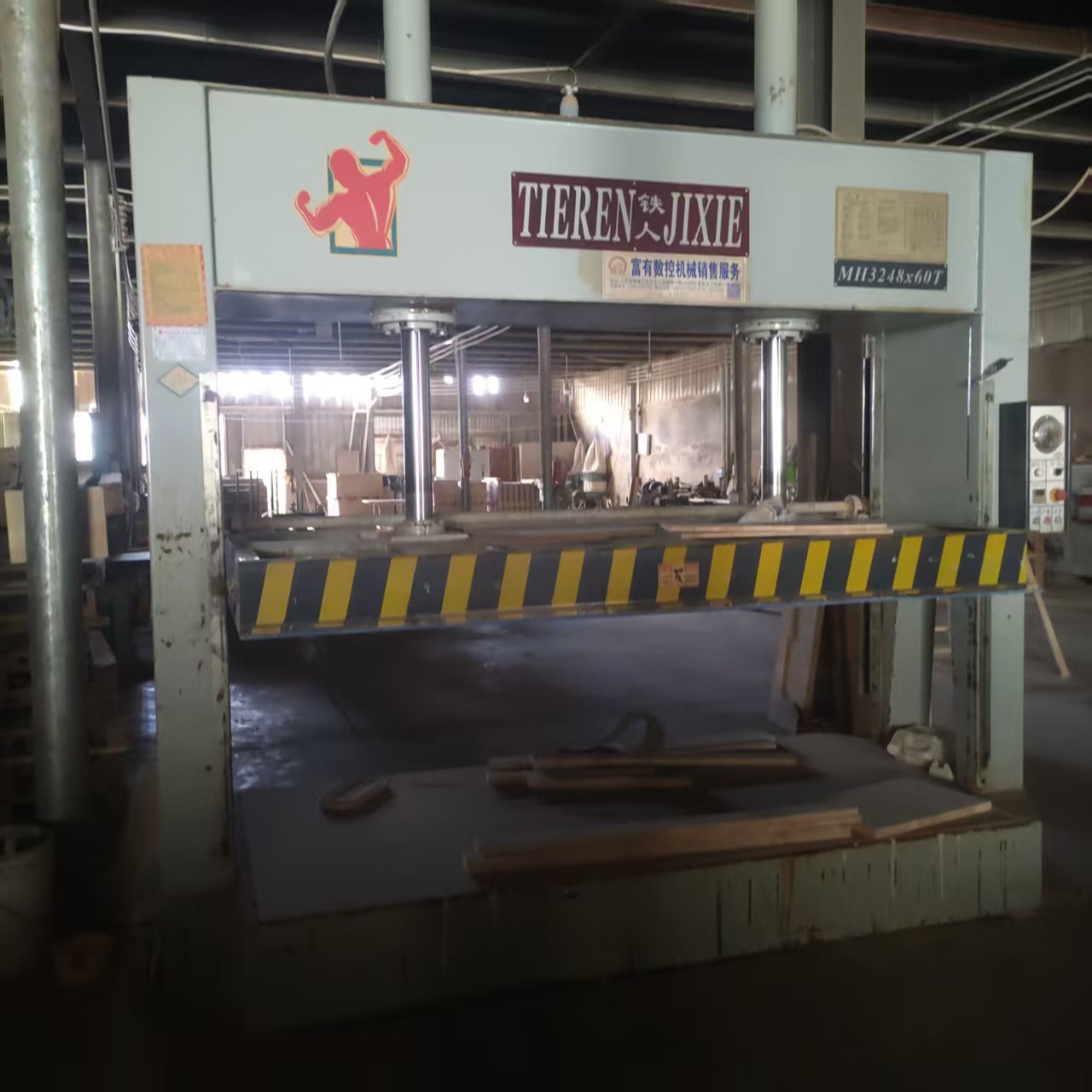
📊 First, the market size and growth prospects
Overall scale
The global canoe paddle market size reached $1.2 billion in 2022 and is expected to grow to $1.8 billion by 2030, growing at a compound annual growth rate (CAGR) of 6.5%. Among them, wooden paddles account for the highest proportion (40% in 2023) and are the mainstream material type16.
Segmentation of growth drivers
Leisure & Hobbies: 15% annual growth due to the popularity of outdoor activities and healthy lifestyles at home1.
High-performance demand: Carbon fiber paddles are growing the fastest (12% year-on-year), but wooden paddles maintain steady demand in the high-end leisure and eco-tourism market due to their environmental friendliness and texture
Second, the regional market structure
Regional Market Share Growth Characteristics Represented by Country
North America is the largest market of 35%, driven by the growth of paddling in national parks (up 10% year-on-year) and the government’s outdoor economic policies13 United States, Canada
30% of high-end wood paddles are in high demand in Europe, and German craftsmanship is recognized (e.g. Gatz Canoes award-winning products)10 Germany, France, Northern Europe
Asia-Pacific 20% grew the fastest (CAGR 6.2%), and China’s expanding middle class drove water sports spending36 China, Japan, Australia
Latin America 10% Ecotourism on the rise, rental services drive demand1 Brazil, Mexico
Middle East & Africa 5% Low base but high potential for adventure tourism1 South Africa, United Arab Emirates
3. Product innovation and material trends
Traditional craftsmanship is upgraded
Composite lamination technology: Bending Branches’ Expedition Plus series, such as the Expedition Plus series, is clad in hardwood fiberglass for added durability (whitewater resistant Class III) and weighs only 680 grams9.
Environmentally friendly treatment: The wood is naturally dried for 3 years (e.g. Gatz Canoes), combined with water-based eco-friendly coatings, in line with the carbon neutrality trend10.
Hybrid structure design
“Wood Carbon Fiber”: Lightweight wood (e.g. maple) for the handle, reinforced carbon fiber at the edge of the paddle, balancing feel and impact resistance69.
Adjustable shafts: meet the needs of multiple scenarios, accounting for 35% of the market share of shaft design1.
Fourth, market drivers and challenges
Core Drivers:
✅ Outdoor economic expansion (U.S. outdoor recreation contributed $373 billion in 2021333)
✅ The rise of ecotourism (10% increase in annual participation in low-carbon paddling activities1)
✅ Health Awareness Raising (Canoeing as a Low-Impact Fitness Method24)
Key Challenges:
❌ High cost (high-end wooden paddle price is 2-3 times that of aluminum/plastic paddle8)
❌ Seasonal demand fluctuations (60% of sales in the North American summer1)
❌ New material competition (12% annual growth of carbon fiber paddles1)
🏆 Fifth, the competitive landscape and representative enterprises
Enterprise Product Features Market Strategy Regional Advantages
Bending Branches Hardwood Fiberglass Laminate (Expedition Series) Custom Manufactured, Made in the USA Label 9 North America, Europe
Gatz Canoes Traditional Wood Craftsmanship Composites (Orca 500 2024 Design Award) 10 High-end positioning, limited edition marketing Europe, Asia Pacific
Tahe Outdoors Pine/Walnut Hybrid Paddle Cost-effective routes, rental market cooperation36 Worldwide distribution
RIOT Entry-level maple paddle (produced in China) Localized price reduction (the price is only 30% of that of European and American brands)4 China, Southeast Asia
🔮 6. Future trend forecast
Sustainable materials-led: FSC-certified wood use will increase (currently less than 20%, target of 50% by 2030)610.
Intelligent integration: Wood paddles integrate sensors (e.g., stroke frequency monitoring) to attract younger user groups8.
Asia-Pacific market expansion: China accounts for 35% of the world’s production capacity, and cost advantages drive exports (e.g., local production of RIOT)46.
💎 Summary.
With its environmental protection attributes and texture experience, wooden canoe paddles occupy an irreplaceable market segment in outdoor leisure upgrades. In the face of new material competition, the way out lies in:
👉 Process innovation (composite reinforcement/lightweighting) balances tradition and performance;
👉 Binding eco-tourism to create high-end experience scenes;
👉 Asia-Pacific supply chain optimization reduces cost barriers 1610.
It is expected that by 2030, the wood paddle will maintain a share of more than 30%, and the core growth will come from high-end customization and sustainable product lines


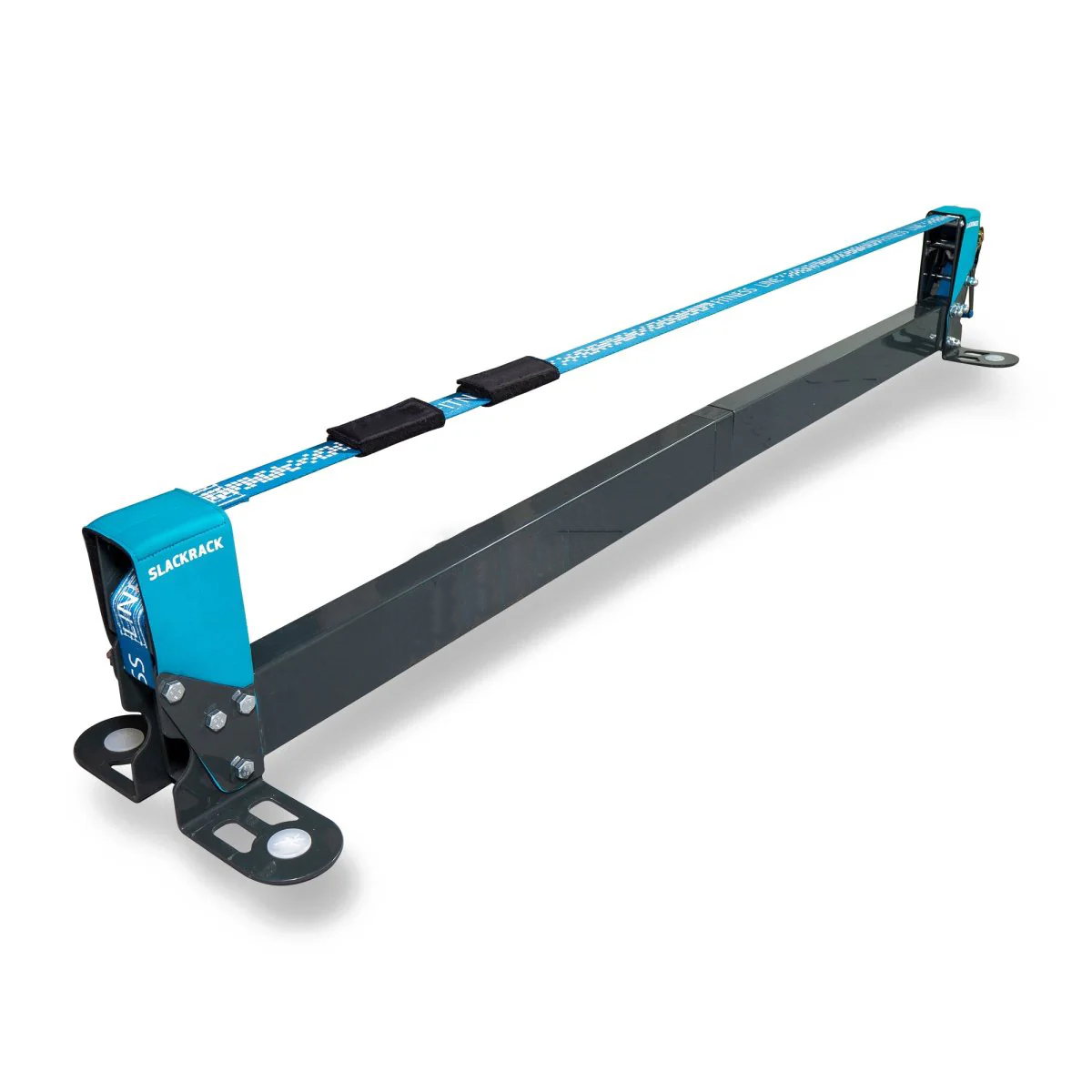
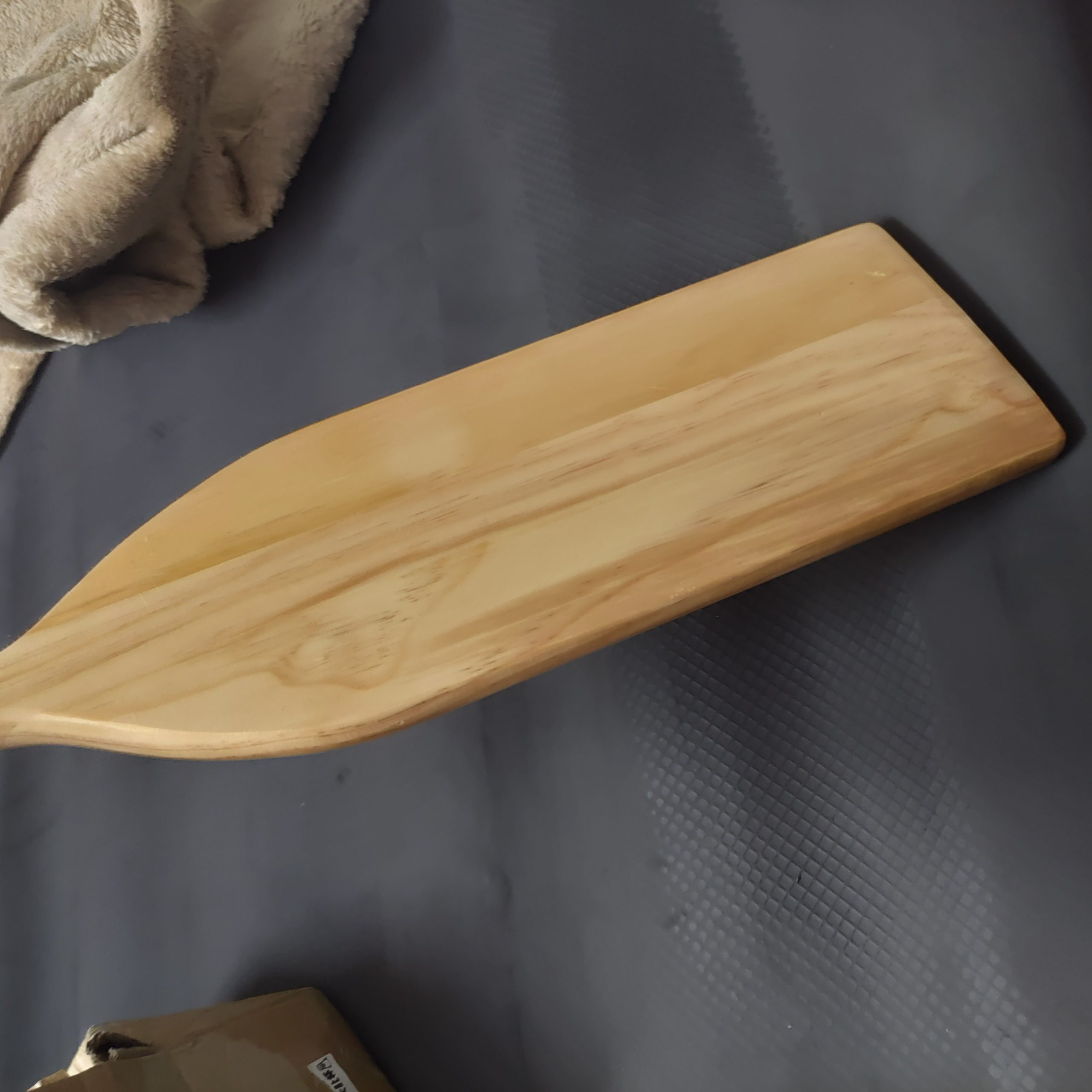 ">
">
